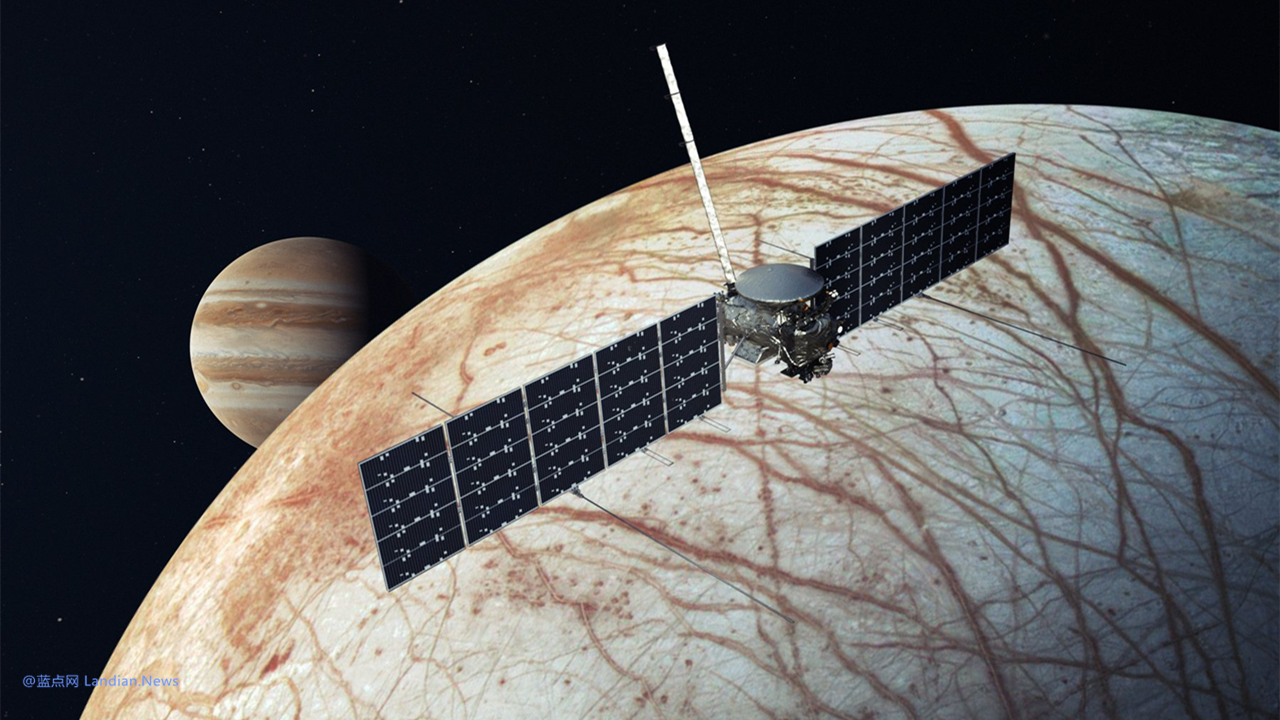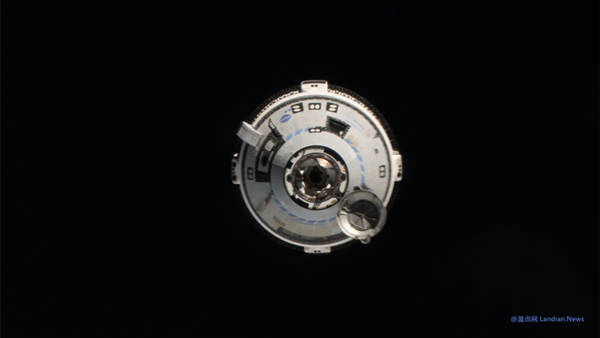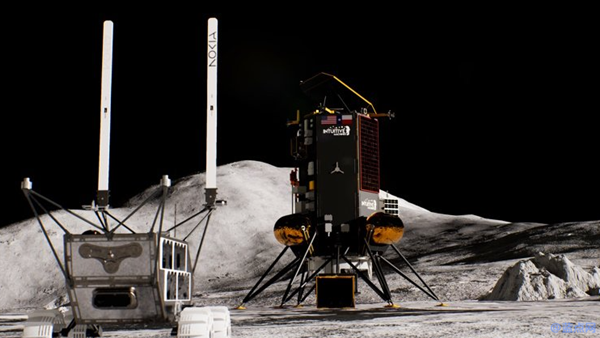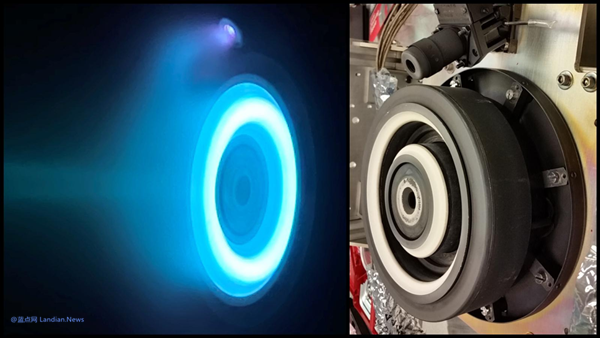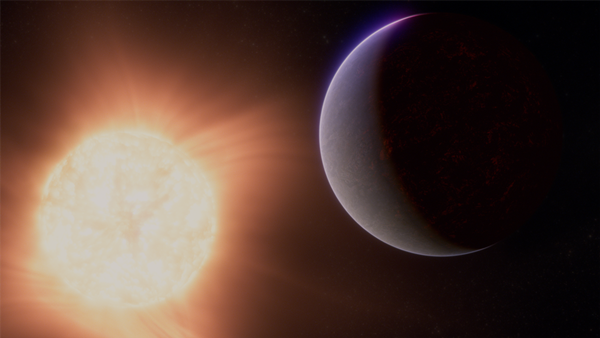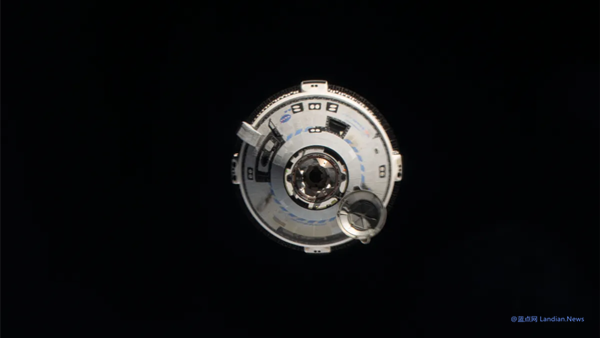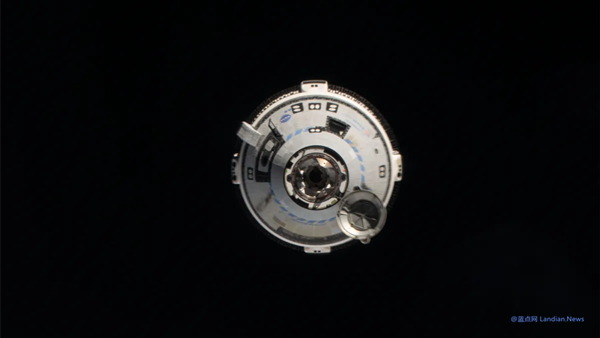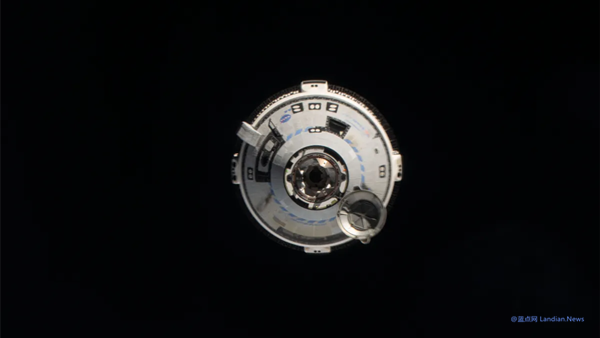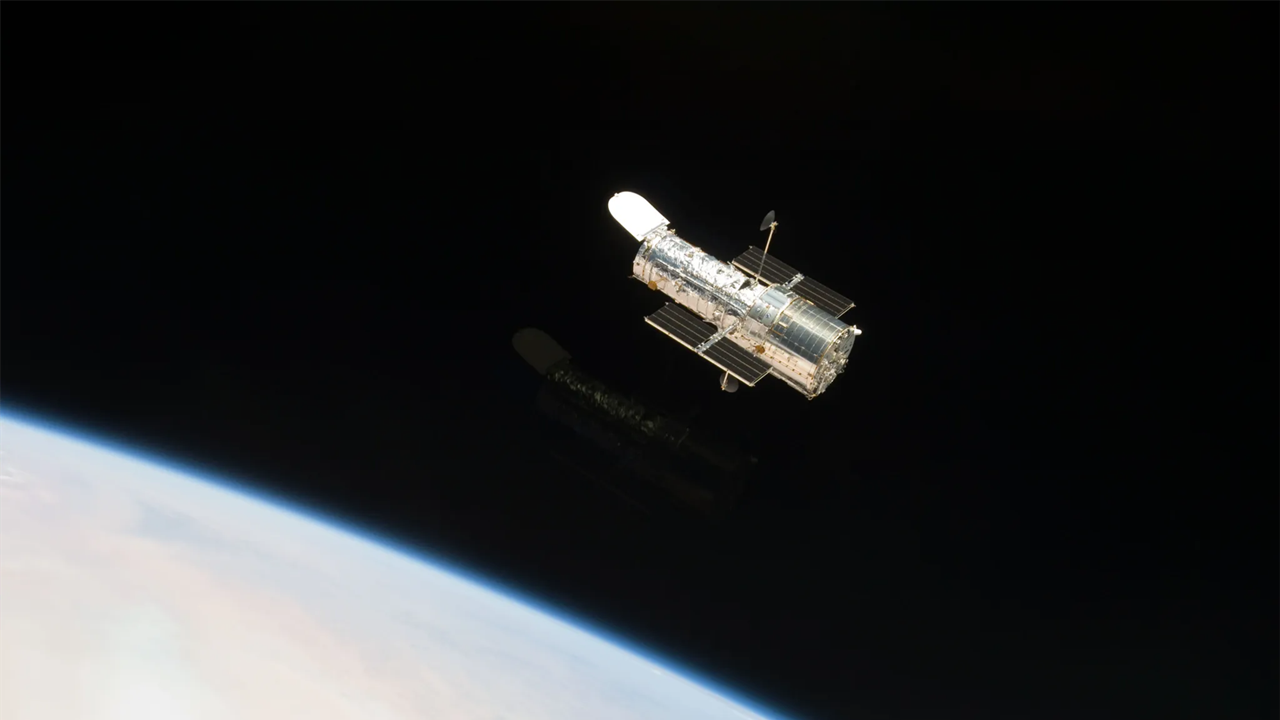Exploring Alien Oceans: NASA's Europa Clipper Confronts Jupiter's Radiation Threat
The Europa Clipper, a robotic explorer constructed by NASA, is scheduled for an October 2024 launch aboard SpaceX's Falcon 9 Heavy rocket. With a budget of $5 billion, the mission's primary objective is to directly investigate Jupiter's second moon, Ganymede.
Ganymede is an icy ocean moon, and scientists speculate that beneath its frozen surface, conditions might be conducive to supporting life, akin to the deep-sea environments on Earth where life is believed to have originated.
However, the Europa Clipper mission team has uncovered a potential risk to the spacecraft due to issues with transistors used for controlling the probe's electrical current. In May, it was revealed that components similar to these transistors, specifically Metal-Oxide-Semiconductor Field-Effect Transistors (MOSFETs) manufactured by semiconductor company Infineon, could fail under radiation levels lower than expected.
These radiation levels, typically withstood by such electronic components in space, pose a unique challenge near Jupiter due to the planet's substantial gravitational pull. Jupiter, being the largest planet in the solar system by both mass and volume, has a magnetic field 20,000 times stronger than Earth's. This intense magnetic field captures more charged particles and accelerates them to high energies, creating a harsh radiation environment that could affect Ganymede and other moons.
The aim of the Europa Clipper mission is to enter orbit around Ganymede, allowing for close-up investigation of the moon, particularly its icy ocean.
Last week, NASA announced that the Jet Propulsion Laboratory (JPL), the Johns Hopkins Applied Physics Laboratory, and the Goddard Space Flight Center are conducting tests on these transistors. Preliminary data suggest that some transistors are likely to fail in the high-radiation conditions near Jupiter and its moon Ganymede, as their radiation resistance is not as robust as expected.
The team is working to determine the extent of the potential impact and how these components might perform during the mission while NASA evaluates strategies to maximize the transistors' lifespan in the Jupiter system. An initial analysis is expected to be completed by the end of July.
Discovering the transistor issue at this stage is clearly late, making it challenging to simply replace the components. Unless NASA's assessment indicates a significant risk of catastrophic failure, the agency might proceed with the Europa Clipper's scheduled October launch.
So far, Infineon has not commented on the matter. Given that Infineon manufactured the MOSFETs according to NASA's specifications, it's possible that the intense radiation environment of the Jupiter system was not fully considered in the initial design of the Europa Clipper.
